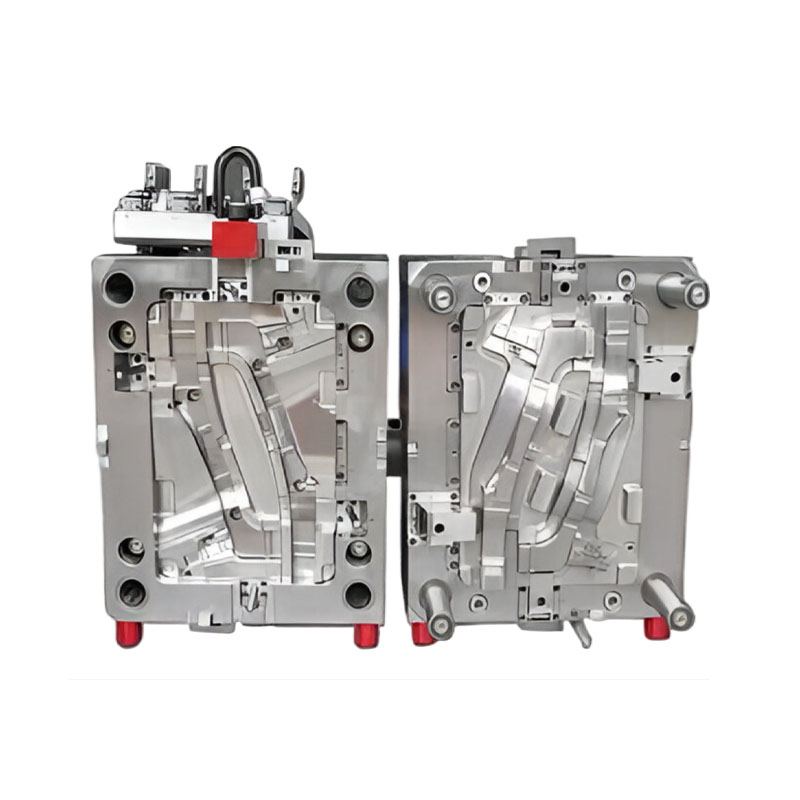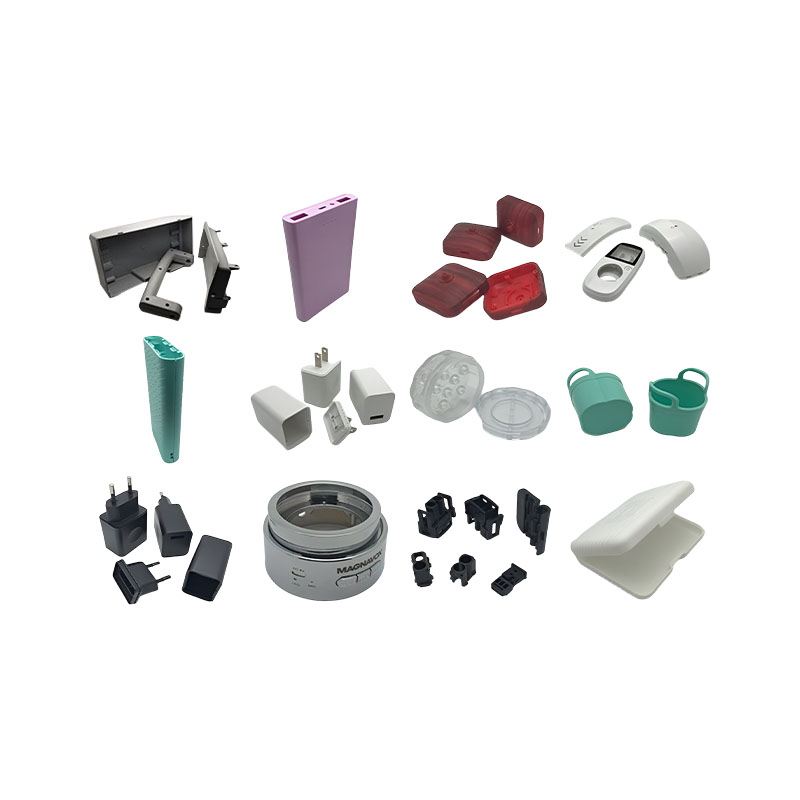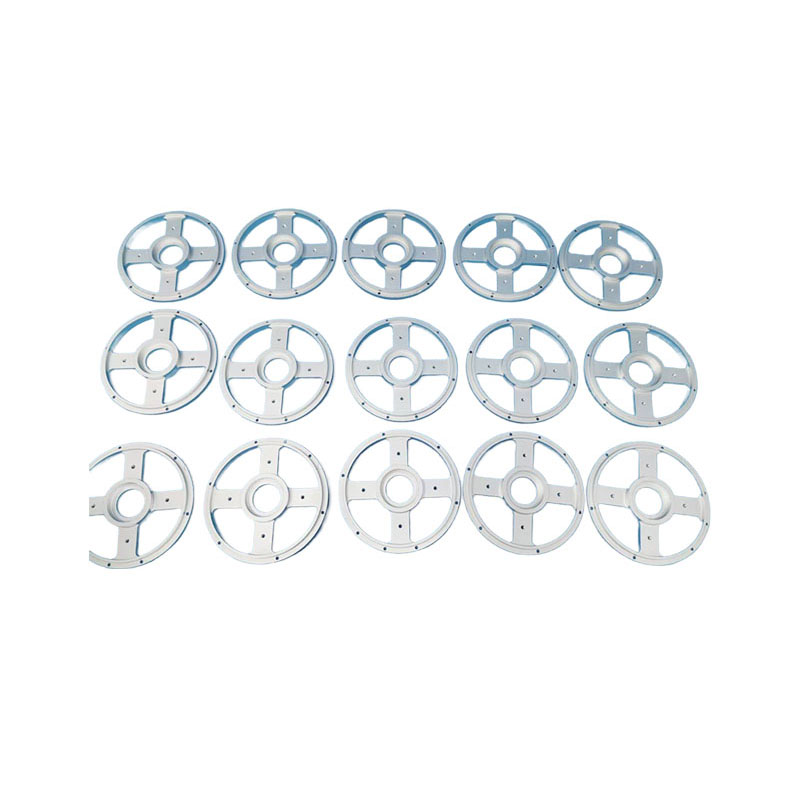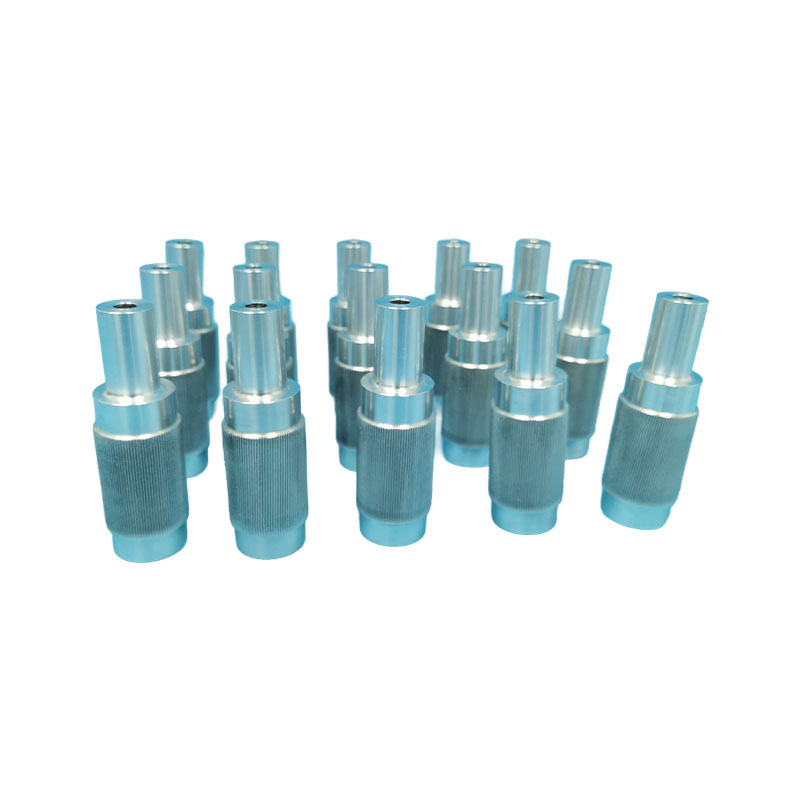How to choose the right plastic material for a specific application?
Release Time : 2025-07-30
Choosing the right plastic material for injection molding is a complex but crucial process, directly impacting the final product's performance, cost, and market competitiveness. Different applications have varying material requirements, so the optimal choice requires comprehensive consideration of multiple factors.
First, understanding the product's operating environment is a key step in selecting a plastic material. If the product will be used in extreme temperature conditions, such as high or low temperatures, the material's thermal stability should be carefully considered. Some plastics may soften or deform at high temperatures, while becoming brittle at low temperatures. In such cases, engineering plastics with good temperature resistance, such as polycarbonate (PC) or polyetherimide (PEI), may be a more suitable choice. These materials not only maintain good mechanical properties over a wide temperature range but also offer excellent impact resistance and dimensional stability.
Second, the product's mechanical performance requirements are also a crucial factor in determining material selection. For products that will withstand high stresses or frequent mechanical movement, plastics with high strength and good wear resistance are essential. For example, nylon (PA) is renowned for its excellent tensile strength and wear resistance, making it widely used in the manufacture of parts requiring high wear resistance, such as gears and bearings. Furthermore, high-performance plastics such as polyoxymethylene (POM) are favored in the automotive and machinery industries for their exceptional rigidity and toughness. Understanding the specific stresses and expected lifespan of a target product can help determine the most suitable material type.
In addition to physical and mechanical properties, chemical stability is also a crucial factor. Many plastic products operate in environments exposed to chemicals, such as household cleaners, industrial solvents, or food additives. In such situations, selecting a material with excellent chemical stability is crucial. Polypropylene (PP) and polyethylene (PE) are commonly used in containers, piping, and other applications requiring corrosion resistance due to their excellent chemical inertness. For more demanding chemical environments, fluoroplastics such as polytetrafluoroethylene (PTFE) offer excellent corrosion resistance, albeit at a relatively high cost.
Growing environmental awareness has made recyclability and biodegradability important considerations when selecting plastic materials. With the global emphasis on sustainable development, more and more companies are seeking more environmentally friendly alternative materials. Bio-based and biodegradable plastics are gaining market favor. These materials not only reduce dependence on petroleum resources but also alleviate the burden of waste disposal. However, it's important to note that while these materials offer excellent environmental performance, they may not match traditional plastics in certain performance characteristics, so a trade-off should be considered when selecting a suitable material.
Processing characteristics are also a key factor influencing material selection. Different types of plastics exhibit varying performance during injection molding. Some offer excellent flowability, making it easier to fill mold details, while others may require higher injection pressures or longer cooling times. To ensure production efficiency and product quality, the appropriate material must be selected based on specific production process conditions. For example, ABS, with its excellent flowability and moldability, is well-suited for complex parts. While polyphenylene sulfide (PPS) offers excellent mechanical properties and heat resistance, its high melting point and poor flowability make it challenging to process, often requiring specialized equipment and technical support.
Furthermore, product appearance is crucial. For applications requiring stringent aesthetics, such as consumer electronics or high-end home furnishings, the material's surface gloss, transparency, and dyeability are key considerations. Polymethyl methacrylate (PMMA), commonly known as organic glass, is widely used in lighting fixtures, display stands, and other fields due to its excellent optical clarity and surface finish. By adding pigments or masterbatches, various colors and effects can be achieved to meet personalized design needs.
Finally, cost-effectiveness is also a factor that must be considered when selecting plastic materials. While high-performance plastics often offer better performance, they also come at a higher price. Therefore, while meeting product performance requirements, it is crucial to choose cost-effective materials. This not only helps control production costs but also improves product market competitiveness. Sometimes, optimizing the design or using composite materials can further reduce costs without compromising final performance.
In summary, selecting the right plastic material for injection molding requires comprehensive consideration of multiple factors, including the operating environment, mechanical properties, chemical stability, environmental attributes, processing characteristics, appearance quality, and cost-effectiveness. Only by fully understanding and weighing these factors can the most appropriate material be found, ensuring that the product meets functional requirements while also offering good economic and market prospects. With the continuous emergence of new materials and new technologies, the future injection molding process will bring more innovative possibilities to all walks of life.
First, understanding the product's operating environment is a key step in selecting a plastic material. If the product will be used in extreme temperature conditions, such as high or low temperatures, the material's thermal stability should be carefully considered. Some plastics may soften or deform at high temperatures, while becoming brittle at low temperatures. In such cases, engineering plastics with good temperature resistance, such as polycarbonate (PC) or polyetherimide (PEI), may be a more suitable choice. These materials not only maintain good mechanical properties over a wide temperature range but also offer excellent impact resistance and dimensional stability.
Second, the product's mechanical performance requirements are also a crucial factor in determining material selection. For products that will withstand high stresses or frequent mechanical movement, plastics with high strength and good wear resistance are essential. For example, nylon (PA) is renowned for its excellent tensile strength and wear resistance, making it widely used in the manufacture of parts requiring high wear resistance, such as gears and bearings. Furthermore, high-performance plastics such as polyoxymethylene (POM) are favored in the automotive and machinery industries for their exceptional rigidity and toughness. Understanding the specific stresses and expected lifespan of a target product can help determine the most suitable material type.
In addition to physical and mechanical properties, chemical stability is also a crucial factor. Many plastic products operate in environments exposed to chemicals, such as household cleaners, industrial solvents, or food additives. In such situations, selecting a material with excellent chemical stability is crucial. Polypropylene (PP) and polyethylene (PE) are commonly used in containers, piping, and other applications requiring corrosion resistance due to their excellent chemical inertness. For more demanding chemical environments, fluoroplastics such as polytetrafluoroethylene (PTFE) offer excellent corrosion resistance, albeit at a relatively high cost.
Growing environmental awareness has made recyclability and biodegradability important considerations when selecting plastic materials. With the global emphasis on sustainable development, more and more companies are seeking more environmentally friendly alternative materials. Bio-based and biodegradable plastics are gaining market favor. These materials not only reduce dependence on petroleum resources but also alleviate the burden of waste disposal. However, it's important to note that while these materials offer excellent environmental performance, they may not match traditional plastics in certain performance characteristics, so a trade-off should be considered when selecting a suitable material.
Processing characteristics are also a key factor influencing material selection. Different types of plastics exhibit varying performance during injection molding. Some offer excellent flowability, making it easier to fill mold details, while others may require higher injection pressures or longer cooling times. To ensure production efficiency and product quality, the appropriate material must be selected based on specific production process conditions. For example, ABS, with its excellent flowability and moldability, is well-suited for complex parts. While polyphenylene sulfide (PPS) offers excellent mechanical properties and heat resistance, its high melting point and poor flowability make it challenging to process, often requiring specialized equipment and technical support.
Furthermore, product appearance is crucial. For applications requiring stringent aesthetics, such as consumer electronics or high-end home furnishings, the material's surface gloss, transparency, and dyeability are key considerations. Polymethyl methacrylate (PMMA), commonly known as organic glass, is widely used in lighting fixtures, display stands, and other fields due to its excellent optical clarity and surface finish. By adding pigments or masterbatches, various colors and effects can be achieved to meet personalized design needs.
Finally, cost-effectiveness is also a factor that must be considered when selecting plastic materials. While high-performance plastics often offer better performance, they also come at a higher price. Therefore, while meeting product performance requirements, it is crucial to choose cost-effective materials. This not only helps control production costs but also improves product market competitiveness. Sometimes, optimizing the design or using composite materials can further reduce costs without compromising final performance.
In summary, selecting the right plastic material for injection molding requires comprehensive consideration of multiple factors, including the operating environment, mechanical properties, chemical stability, environmental attributes, processing characteristics, appearance quality, and cost-effectiveness. Only by fully understanding and weighing these factors can the most appropriate material be found, ensuring that the product meets functional requirements while also offering good economic and market prospects. With the continuous emergence of new materials and new technologies, the future injection molding process will bring more innovative possibilities to all walks of life.







